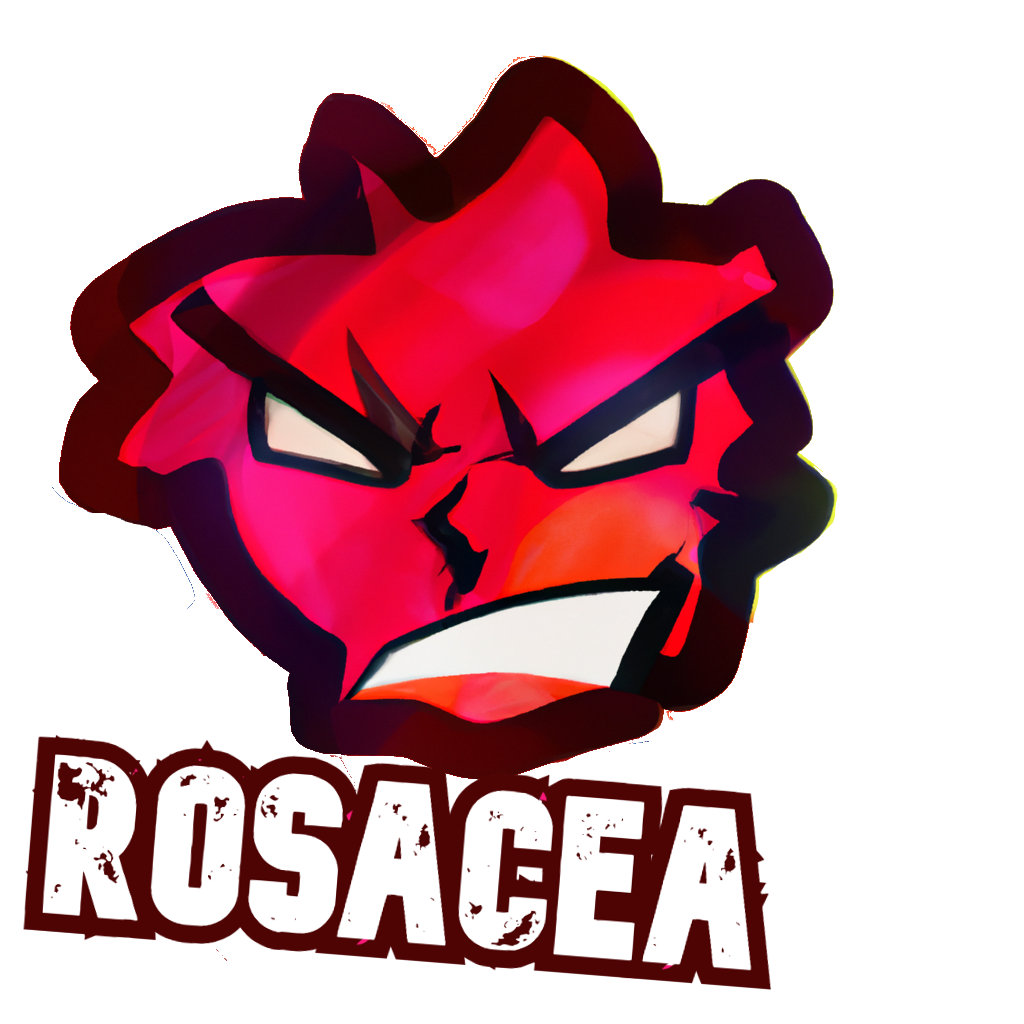Warts
Cause
Human Papilloma Virus (HPV)
Treatment
Treatment may not be necessary, particularly in children
The decision to treat should consider pain, risk of scarring, cosmetic concerns, and complicating factors like immunosuppression
Warts usually without treatment but takes time
Topical salicylic acid (e.g. Wart-Off, Duofilm)
Cure rates are from 0 to 80%
Soak the area in warm water for 5 min
Pare back or remove dead skin with a nail file or pumice stone
Dry the skin
Apply once daily as per instructions
You can protect the healthy surrounding skin with tape or vaseline
Cover with a bandaid or tape afterwards
Wart and skin should turn pale white and can become a little irritated
Repeat daily until resolution. May take 2 to 4 weeks to improve. Can treat for 6 to 12 weeks total
A gentler option is to apply for 3 days, then have 4 days off and do this for 2 to 12 weeks
If significant irritation occurs then stop treatment and monitor for 48 hours
Seek medical advice if any concerns. Particularly if signs of infection or if the wart is not responding to treatment to rule out other important diagnoses
Once the wart is killed, may take months for dead skin to shed and healthy skin to grow through, particularly on the soles of feet
Cryotherapy
Cure rates from 14 to 90%
Ideally, pare back before treatment
Can be applied with a cryospray or cotton bud dipped in liquid nitrogen
The goal is to create a visible frozen area that includes the wart and 2mm of normal skin surrounding which remains frozen for 30 to 60 seconds after application
Two freeze-thaw cycles may lead to improved resolution of thick plantar warts
Treatment can be repeated every two to three weeks until resolution
If no response within six treatments, try an alternative method
No evidence cryotherapy and salicylic acid are better than cryotherapy alone
Side effects range from minimal redness to blistering, pain and tenderness. Healing usually occurs within 4 to 7 days
Seek medical advice if any concerns. Particularly if signs of infection or excess pain












